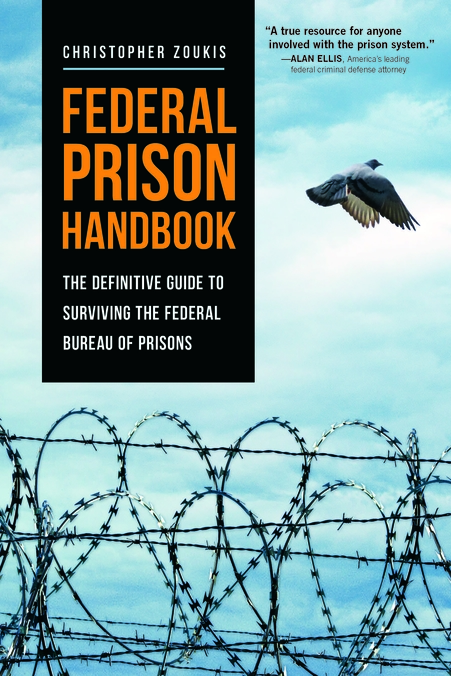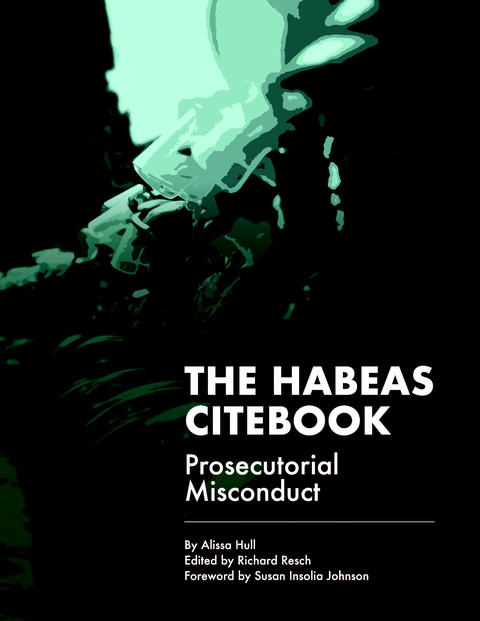SCOTUS Adopts ‘Look Through’ Methodology for Federal Courts in Determining State Court’s Rationale for Unexplained Habeas Decision
by Richard Resch
On April 17, 2018, the Supreme Court of the United States (“SCOTUS”) issued an opinion in which it instructed that federal courts are required to “look through” an unexplained decision of the last state court to rule on the merits of a state habeas petition to the last state-court decision that provides a relevant rationale.
Marion Wilson was convicted of murder and sentenced to death. He subsequently sought habeas relief in Georgia Superior Court, arguing ineffective assistance of counsel (“IAC”) during sentencing. He argued that counsel failed to provide new testimonial evidence regarding his childhood and the impairment of the frontal lobe of his brain. The court denied his petition, in part, because it determined that his lawyer’s performance was not deficient and had not prejudiced Wilson. The Georgia Supreme Court summarily denied his application to appeal without providing an explanatory opinion.
Wilson then filed a federal habeas petition based upon the same IAC argument raised in state court. The district court assumed that his counsel had been “deficient” in failing to investigate his childhood and brain condition. But the court deferred to the state habeas court’s determination that the deficiencies did not “prejudice” him.
Wilson appealed to the Eleventh Circuit. The court adopted the “could have supported” method for determining the reasoning of the relevant state court—in this case, the Georgia Supreme Court. The Eleventh Circuit ruled that the federal district court was wrong to “look through” that decision and assume it was based upon the grounds provided in the lower court’s decision. Instead, the district court should have asked what rationale “could have supported” the Georgia Supreme Court’s decision, according to the Eleventh Circuit.
The Eleventh Circuit’s adoption of the “could have supported” methodology created a split among the Circuits, so SCOTUS agreed to hear Wilson’s appeal.
The issue before SCOTUS was how a federal habeas court is to determine the state court’s reasons for its ruling on a habeas petition when the last relevant state-court decision on the merits does not provide the reason for its decision, e.g., when a state supreme court issues a one-word order, such as “affirmed” or “denied.”
SCOTUS held that federal habeas laws utilize a “look through” presumption and that “the federal court should ‘look through’ the unexplained decision to the last related state-court decision that does provide a relevant rationale. It should then presume that the unexplained decision adopted the same reasoning.” Thus, SCOTUS rejected the “could have supported” approach and announced the adoption of the “look through” methodology.
Accordingly, SCOTUS reversed the Eleventh Circuit’s judgment and remanded the case for further proceedings consistent with this opinion. See: Wilson v. Sellers, 138 S. Ct. 1188 (2018).
As a digital subscriber to Criminal Legal News, you can access full text and downloads for this and other premium content.
Already a subscriber? Login
Related legal case
Wilson v. Sellers
| Year | 2018 |
|---|---|
| Cite | 138 S. Ct. 1188 (2018) |
| Level | Supreme Court |





